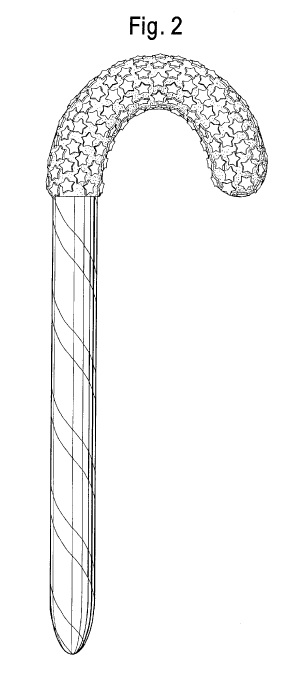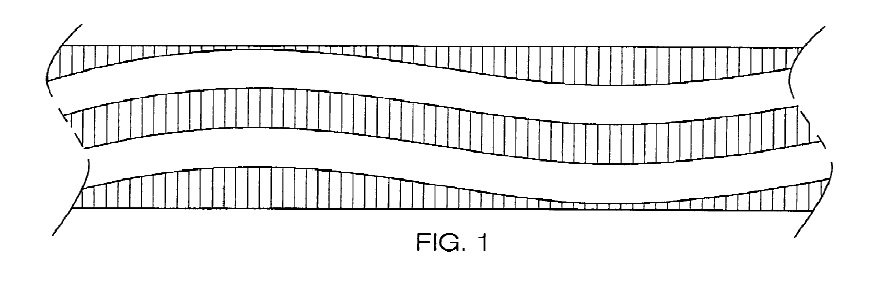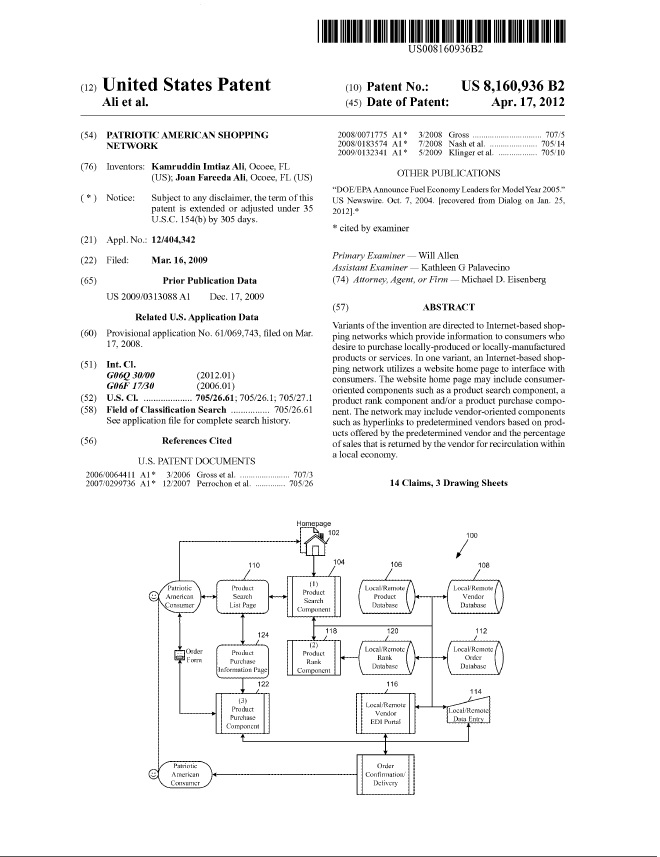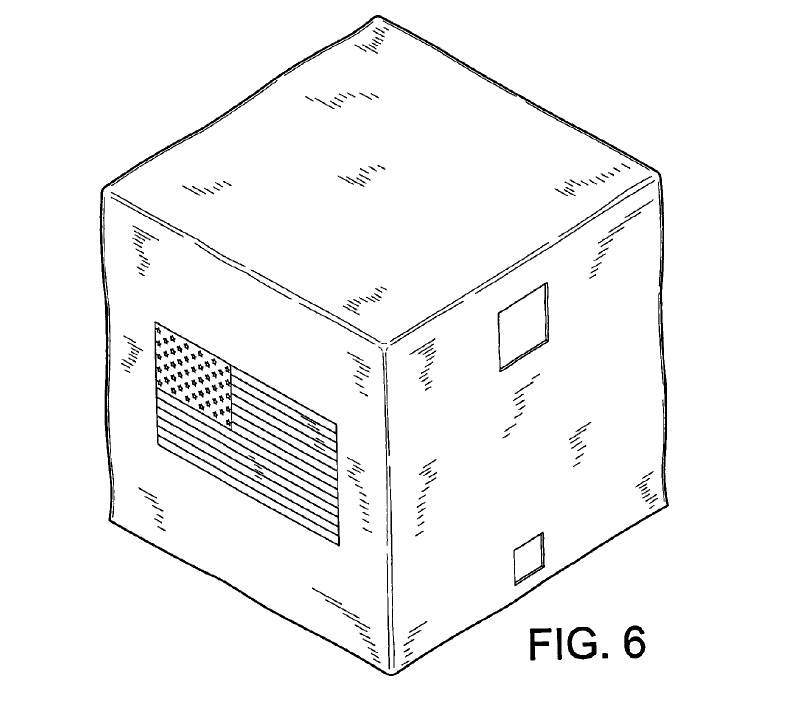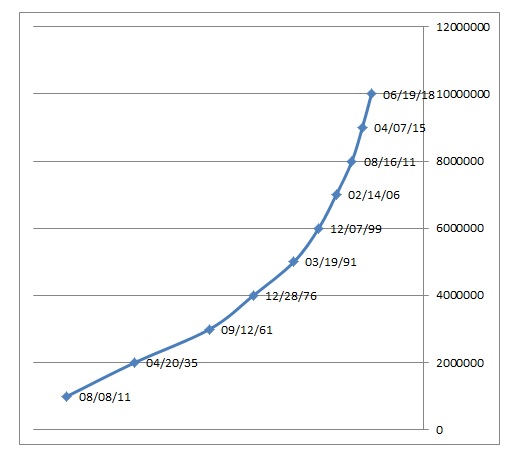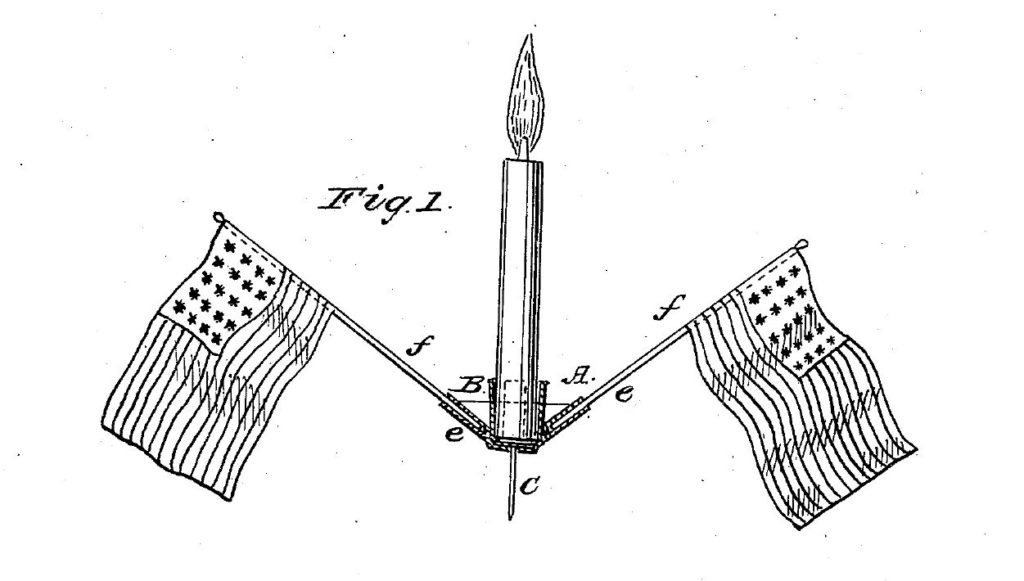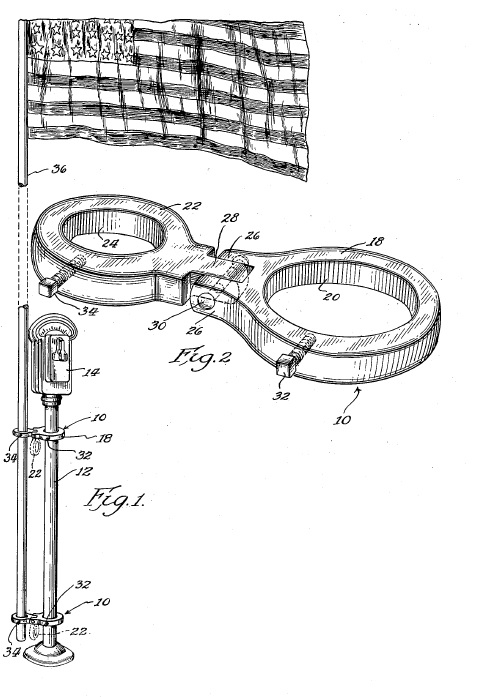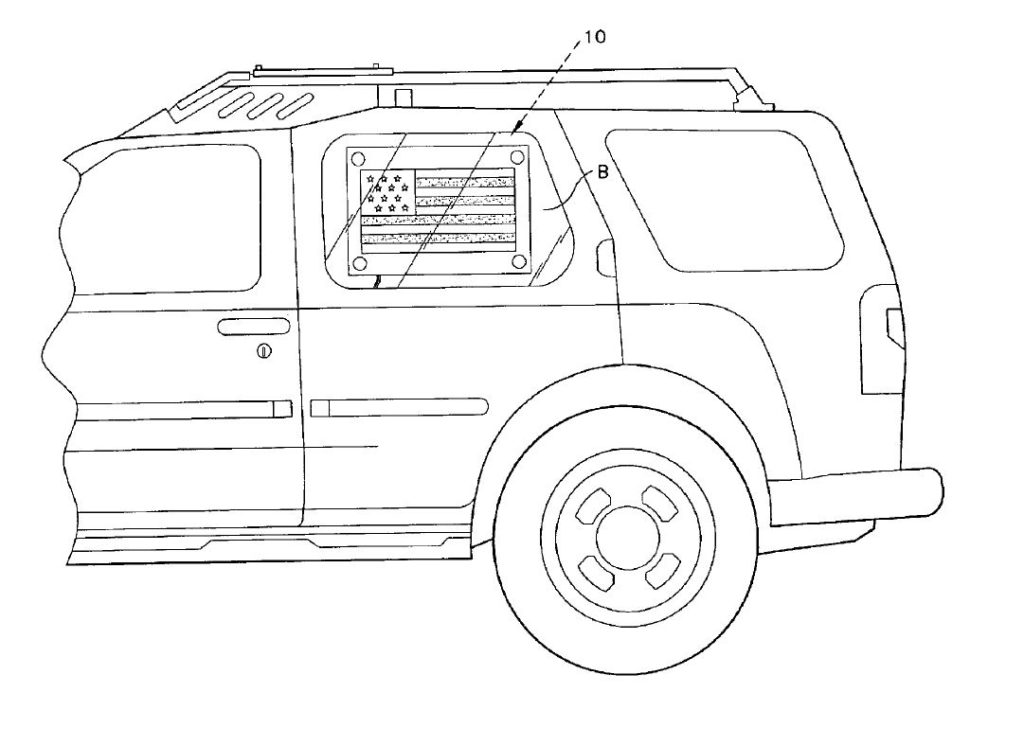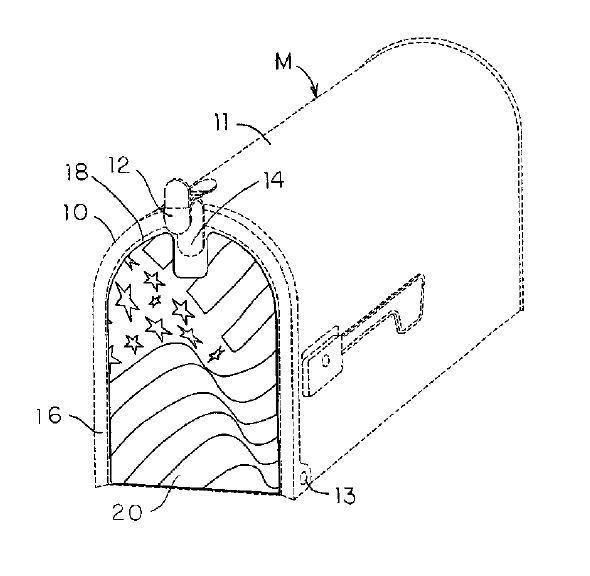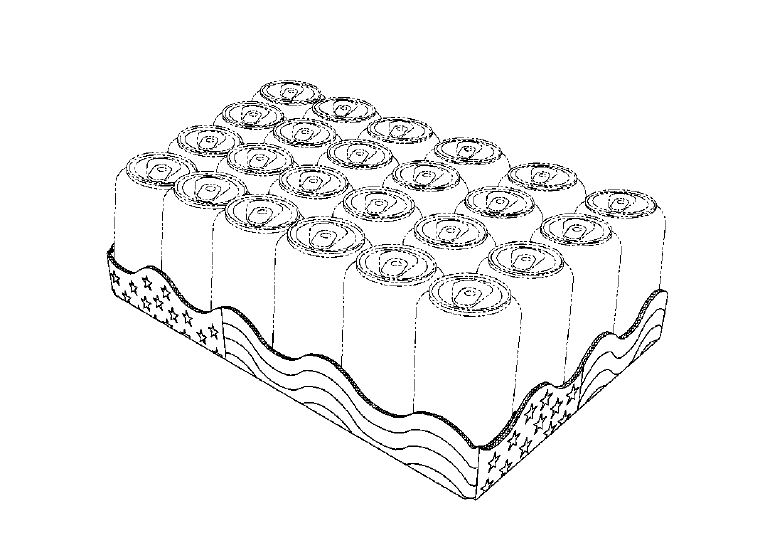In Power Integrations, Inc. v. Fairchild Semiconductor International, Inc., [2016-2691, 2017-1875] (July 3, 2018), the Federal Circuit affirm the district court’s judgments of infringement of U.S. Patent Nos. 6,212,079 and 6,538,908, but concluded that the entire market value rule cannot be used here to calculate damages and vacated the
damages award and remanded for further proceedings.
The patents in suit related to power supply controller chips used in power
supplies, such as chargers for electronic devices. While the case was pending in the district court, the Federal Circuit in VirnetX, Inc. v. Cisco Systems, Inc.,explained that simply identifying the smallest salable unit is not necessarily sufficient to satisfy a patentee’s obligation to apportion for multi-component products with significant unpatented features. Because Power Integrations’ royalty calculation in the first trial did not apportion beyond the “smallest salable unit” and Power Integrations had disclaimed reliance on the entire market value rule, the district court granted a new trial on the
issue of damages. The district court excluded Power Integrations’ expert testimony based on apportionment, but allowed its expert to present testimony based on the entire market value rule. The jury awarded $139.8 million in damages, based on damages
testimony that relied solely on the entire market value rule The district court denied Fairchild’s motion for judgment as a matter of law, or in the alternative for a new trial.
The Federal Circuit affirmed infringement of U.S. Patent No. 6,212,079 finding the verdict supported by substantial evidence, noting that the jury could have properly concluded that the claim terms “fixed frequency” and “non-varying” left open the
possibility for minor frequency variations due to operating conditions.
The Federal Circuit also affirmed infringement of U.S. Patent No. 6,538,908 under the doctrine of equivalents, agreeing that adjusting a voltage limit of a power switch was an infringing equivalent of adjusting a current limit of a power switch. The Federal noted that Circuit Power Integrations’ expert testified that a value of voltage qualifies as a “value of current” because under Ohm’s Law, current is equal to voltage divided by
resistance. The Federal Circuit also affirmed that equivalence was not precluded by prosecution history, and in particular to arguments distinguishing current and voltage in another application sharing the same specification. The Federal Circuit said that the claim language on its face is different than the language of the claims to which the prosecution argument was directed, and concluded that Fairchild failed to establish that the prosecution history is sufficiently clear as to create an estoppel.
On the issue of damages, the Federal Circuit agreed with Fairchild that the district court should have granted the new trial motion. The Federal Circuit said that a patentee is only entitled to a reasonable royalty attributable to the infringing features, and must
in every case give evidence tending to separate or apportion the defendant’s profits and the patentee’s damages between the patented feature and the unpatented features. In the context of a utility patent, it is only the patented technology that is taken from the owner, so the value to be determined is only the value that the infringing features contribute to the value of an accused product.
Where multicomponent products are accused of infringement, the royalty base should not be larger than the smallest salable unit embodying the patented invention. Use of the entire market value of a multi-component product that includes a patented
component cannot help but skew the damages horizon for the jury, regardless of the contribution of the patented component to this revenue. The Federal Circuit said that Admission of evidence of the entire market value only serves to make a patentee’s proffered damages amount appear modest by comparison, and to artificially inflate the jury’s damages calculation beyond that which is adequate to compensate for the infringement.
The Federal Circuit noted that the entire market value rule allows for the recovery of damages based on the value of an entire apparatus containing several features, when the feature patented constitutes the basis for consumer demand. However if the product has other valuable features that also contribute to driving consumer demand—patented or unpatented—then the damages for patent infringement must be apportioned to reflect only the value of the patented feature.
In the present case, both parties agreed that the accused products contained other valuable features as well, yet Power Integrations presented no evidence about the
effect of those features on consumer demand or the extent to which those features were responsible for the products’ value.
The Federal Circuit said that the entire market value rule is appropriate only when the
patented feature is the sole driver of customer demand or substantially creates the value of the component parts. It is not enough to merely show that the patented feature is viewed as essential, that a product would not be commercially viable without the patented feature, or that consumers would not purchase the product without the
patented feature. The Federal Circuit said that when the product contains
other valuable features, the patentee must prove that those other features did not influence purchasing decisions.
Because the evidence presented by Power Integrations was insufficient as a matter of law to invoke the entire market value rule, the Federal Circuit vacated the award of damages and remand for a new trial.
